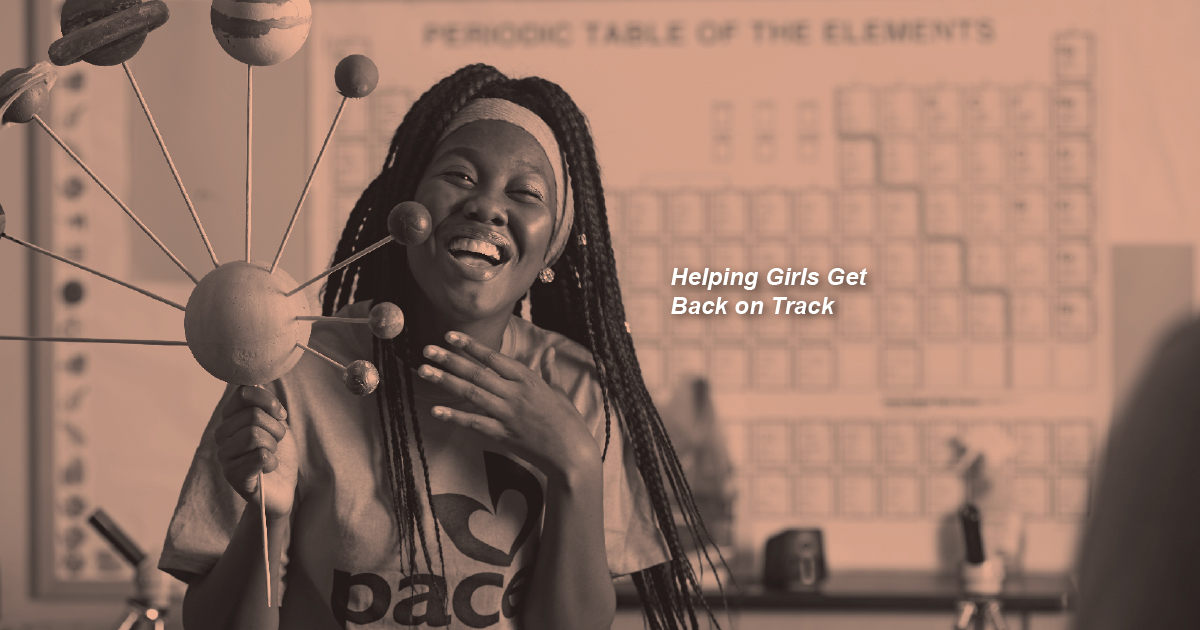Helping Girls Get Back on Track
An Implementation Study of the PACE Center for Girls

PACE Center for Girls is a unique program that provides academic and social services to girls ages 11 to 18. Girls eligible for PACE exhibit multiple health, safety, and delinquency risk factors, such as poor academic performance, exposure to abuse or violence, truancy, risky sexual behavior, and substance abuse. PACE seeks to help them onto a better path and reduce the likelihood of negative outcomes, such as involvement with the juvenile justice system.
PACE operates 19 nonresidential, year-round program centers across the state of Florida. Girls attend PACE daily during normal school hours and receive academic and extensive social services in a gender-responsive environment — that is, one tailored to the needs of girls. Most girls plan to attend PACE for approximately one year; during this time, they receive academic instruction and advising, a life skills curriculum, assessment and care planning, individual and group counseling, and service learning and work readiness opportunities. Parental engagement and transition and follow-up services are also key components of the PACE program. When girls leave PACE, they often return to other schools in their communities to complete their secondary education.
This report presents implementation research findings from MDRC’s ongoing evaluation of 14 PACE centers. A final report presenting the impacts of the program is planned for release in 2018.
Key Findings
- The PACE program model, defined through both general program principles and a detailed manual, was implemented consistently across multiple locations. Girls at PACE received most services at the intended levels. Services varied somewhat across locations because of differences in staff and local resources and in program areas where the model gave less specific guidance.
- PACE incorporated gender-responsive programming into all services through a focus on safety and relationships, an emphasis on recognizing and building on girls’ individual strengths, and an awareness of the effects of trauma.
- Girls who attend PACE tend to be low-income, and they often struggle with school and have a range of other health, safety, and delinquency risk factors.
- PACE differed from the traditional school environment by offering smaller classes, access to frequent individual academic advising and counseling, life skills programming, and connections to other services in the community, such as transportation or health care.







